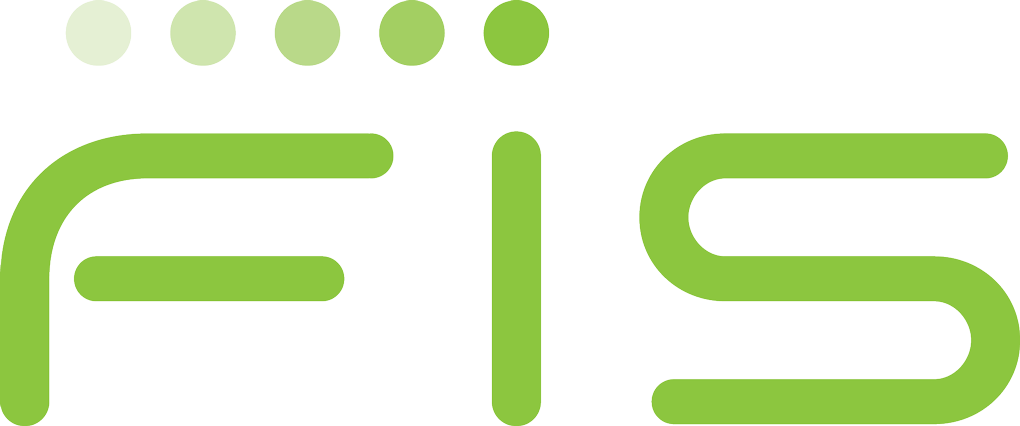
How Banks Can Create Financially Savvy Communities
Brought to you by FIS

Money is a complicated subject for many Americans, and financial literacy is often a challenge.
Financial wellness is often a personal journey that lasts a lifetime – and is a place where banks and technology can really improve people’s lives. Everyone benefits when bank customers enjoy financial wellness. People in good financial health tend to enjoy better physical and mental health, contribute more to society and pay more in taxes. But from a bank perspective, financial wellness is both a challenge to be met and an opportunity to be seized. Now is the time for institutions to pick up the pace.
Although financial wellness can be hard to define, only 22% of respondents in a recent TIAA survey described their finances as “healthy.” This is a concern because of the negative compounding effects over the long term mean that multiple generations may struggle to get on top of their finances. How can the banking industry address this potential widening gap between the rich and poor?
Financial literacy is one starting point, but only 21 states require students complete a personal finance course to graduate from high school. This is a major shortcoming – personal finance is an essential life skill. There’s no substitute for starting early.
The Money Smart financial education program from the Federal Deposit Insurance Corp. helps people of all ages enhance their financial skills and create positive banking relationships. FIS actively supports this and is helping to move this program online and embed financial education within financial products and services. But there is more work to do.
Just like physical well-being, everyone has unique goals and measures of success of financial wellness. Banks that appropriately assist customers on their financial journeys can create deep loyalty and great customer satisfaction. Personalized tools are essential to help individuals align finances with life goals, such as going to college, getting married or having a family. But ultimately, financial wellness is about making small, everyday choices about budgeting, expenses and using credit wisely. While this is never easy, technology can help.
Put Data and Technology to Work
For many people, facing up to their financial position is daunting. Financial jargon can be confusing, and the majority of individuals cannot afford a financial adviser to help navigate the complexity of securities, mutual funds, 401(k)s and the like. But, with the right digital tools and banking support, most don’t need one.
Digital technology empowers people to better understand their financial transactions by harnessing the power of data. The right analysis makes it easy to determine patterns, whether decisions are wise and if they are aligned with savings and retirement goals. Sophisticated data tools can provide insights to financial wellness and take much of the hard work out of the analysis of where customers spend money, and where there are opportunities to save. Over time, people form new financial habits that encourage easier budgeting and regular saving.
The opportunity is there for banks to become proactive and help customers make better financial decisions. With a wealth of customer financial data, banks are uniquely positioned to offer customers a guided journey to good financial health; those that do will be rewarded with loyal customers.
Financial wellness is an opportunity for every bank. It requires bankers to think creatively and collaborate, likely working with fintechs and suppliers to offer financial management services that empower customers to better manage their money. Open banking makes this easier and more affordable, and the time is right to accelerate progress.
Financial wellness and financial inclusion go hand in hand. Financial wellness tools can educate and encourage unbanked and underbanked individuals to participate in the regulated bank space. But it takes perseverance and commitment from banks to progress and earn the trust of those unfamiliar with traditional banking. Banks committed to financial wellness and inclusion must think big and start small. But the crucial thing is to start.


